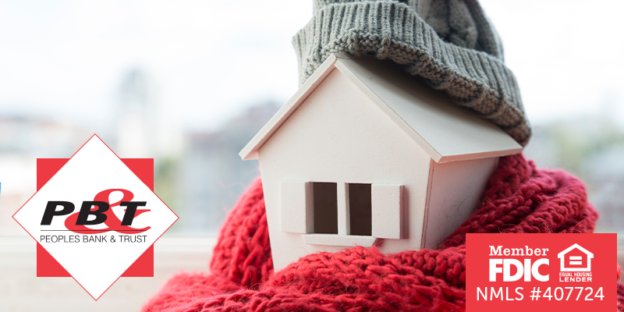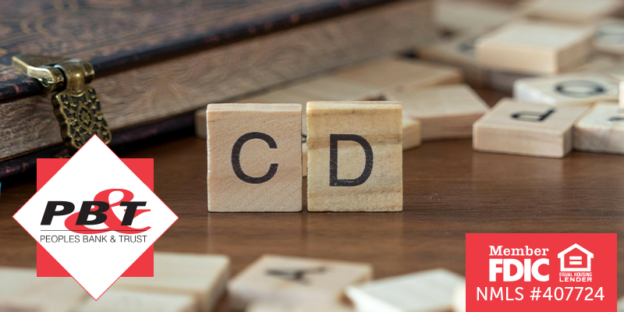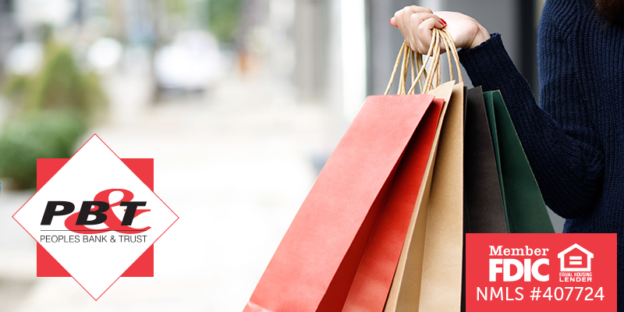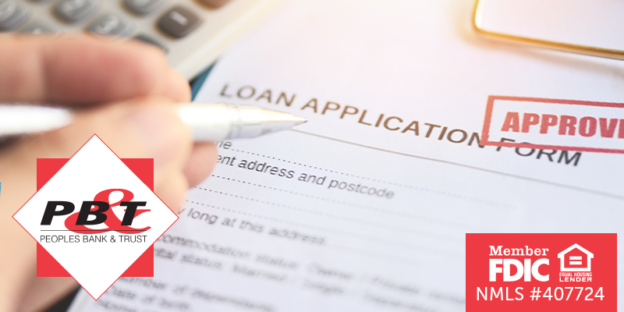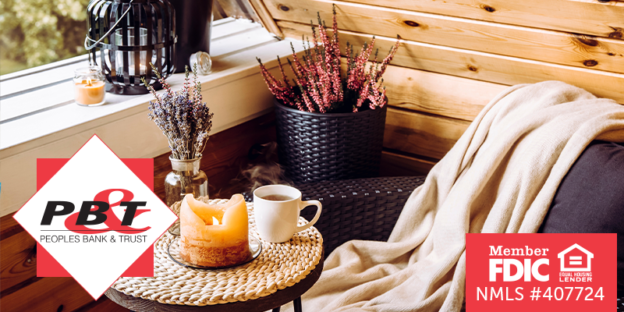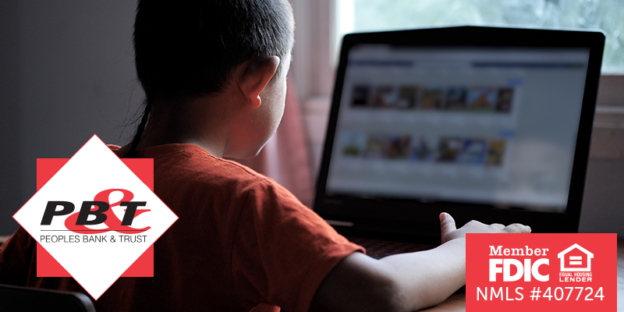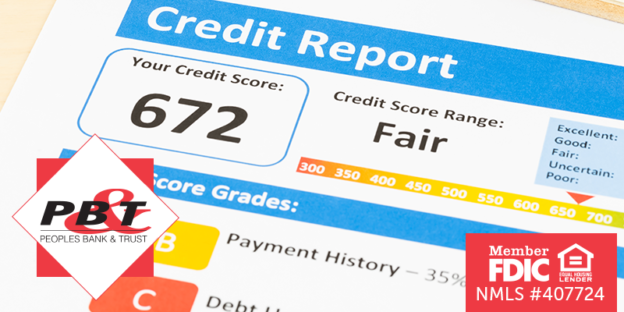Fall is the perfect time to get your home clean, organized, and cozied up before the busyness the holiday season brings. Get these season tasks and household chores that may have been neglected during the summer marked off your cleaning list NOW!
Winterize the Exterior of Your Home
Wash Down the Windows
As winter days creep in, you’ll thank yourself for tackling this task in the early fall. Be sure to get one last wash on your interior and exterior windows and winterize them for energy efficiency. Freshen up your window treatments by cleaning any blinds or shades, wiping down windowsills, or dry-cleaning curtains.
Fall-Proof the Backyard
Get your exterior prepped for the cold by tackling these tips early on! As you are outdoors, be sure to give the exterior of your home a thorough inspection after the heat of summer. Look for loose or cracked shingles, any areas that need to be winterized, caulk windows, and get proper pest control.
The Furniture
With the unpredictable weather that fall can bring, it is in your best interest to attack the outdoor furniture before the cold weather hits. Give your outdoor furniture and cushions a thorough clean to remove built-up debris. If you are unsure how to best clean yours, here’s a guide. This is also a great time to give your landscape one final clean and power wash!
The Grill
As you are tackling your exterior cleaning, do not forget about your grill! Thanks to plenty of summer fun, I am sure your grill is sporting some grime. Give your grill and grilling utensils a much-needed deep clean as we exit grilling season. Here are some tips on how to best clean your grill.
The Garage
Do not forget to give your garage some love as you do your deep cleaning. Get rid of all the grass and debris that got in during the warm weather months. Now is also a good time to clean out a garage fridge or freezer, as well as yard tools so they are set for next year. Be sure to give your garage door any necessary maintenance to ensure its security during the colder months.
Prep the Interior of Your Home
As fall approaches, do not forget to take proper steps to have your home looking and feeling its best as the days grow colder. Here are a few key tips to make sure you keep up on:
- Clean and reverse your ceiling fans
- Clean or replace HVAC filters
- Service your heating unit to ensure it runs efficiently
- Wipe down the baseboards
- Vacuum out closets
- Properly store away items that will not be used to avoid pests
In the Kitchen:
We use the kitchen daily, so it is important to give it a good clean, especially as we enter cold and flu season.
- Clear out your cabinets for a good wipe-down. This also gives you an opportunity to get rid of unused items and reorganize.
- The same goes for any drawers – take a drawer or two per day to empty, wipe down, and thoroughly organize.
- Wipe down and clean behind your appliances (refrigerator, stove, microwave).
- Plan a time to reorganize your pantry.
In the Bathroom:
- Treat any mold or mildew in the shower.
- Clear out old or unused products from your bath and shower. Rid of any opened products that have gone unused in cabinets.
- Wash shower curtains and bathmats.
- Replace your toothbrushes.
In the Bedroom:
- Vacuum under the bed and all furniture.
- Wash your heavier winter bedding before use.
- Vacuum and flip your mattresses.
- Clean your carpets, rugs, and closets.
Peoples Bank & Trust Co.
Member FDIC
Equal Housing Lender


